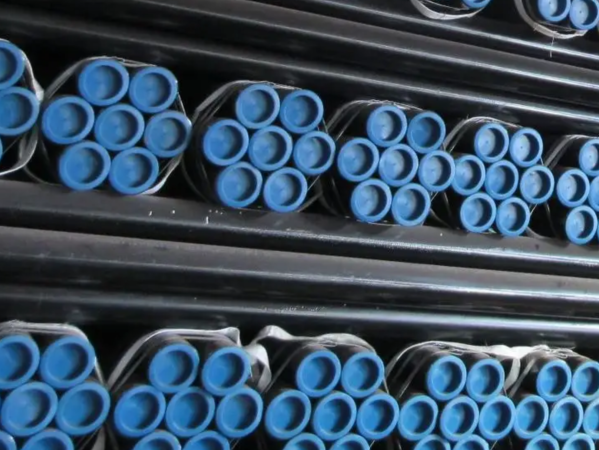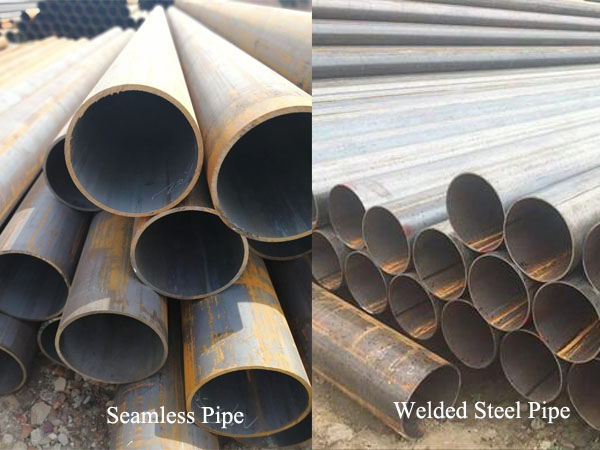
Seamless pipe /tubing (SMLS) is a metal pipe used to transport fluids and gases. It has the characteristics of smooth inner and outer walls, precise dimensions, strong pressure-bearing capacity, and good corrosion resistance. Seamless pipes are made from solid round tube blanks, which are heated and pushed and pulled onto a mold until the round steel is perforated to form a hollow tube. Seamless tubes undergo various finishing operations such as straightening, inspection, hydrostatic testing and imaging. Seamless pipes are widely used in pressure piping, construction, petrochemical and oil refineries. Seamless pipes are processed through production processes such as hot rolling, cold rolling and cold drawing.
According to different uses, seamless pipes can be divided into several types: structural seamless pipes, seamless pipes for fluids, seamless pipes for oil and gas, and alloy pipes. Among them, seamless pipes for fluids are the most widely used type.

Seamless pipe specifications and steel grades:
Seamless pipe is available in the following specifications: ASTM A53, ASTM A106, ASTM A252, ASTM A333, ASTM A335, ASTM A501, ASTM A523, ASTM A589, API 5L and API 5CT. The most common seamless pipe is A106B.End finishes for seamless pipe include beveled or square-cut flat ends. Seamless carbon steel pipes are available in black, bare, galvanized or epoxy coated.
Seamless pipes have a wide range of applications and are widely used in petroleum, chemical industry, natural gas, metallurgy, electric power, transportation, aviation, aerospace and other fields. Among them, the petroleum and chemical industries occupy the main market for seamless pipes.
Seamless VS Welded pipe
Seamless pipes are made of round billets by hot rolling, cold rolling or cold drawing, and the pipe body has no joints. Welded pipes are manufactured from flat steel plates with welds on the pipe body. Including ERW pipe, LSAW pipe, SSAW pipe. The difference between seamless pipe and welded pipe in raw materials, manufacturing process, performance, appearance, size, application, cost price, etc.

Welded pipe:
API 5L or ASTM welded pipe includes LSAW pipe, SSAW pipe and ERW pipe. These pipes are made of steel strip or steel plate. The manufacturing process first bends the steel plate and then welds it into round, square and other shapes. Welded steel pipes have the characteristics of high production efficiency, low cost and material saving. It has been widely used in aviation, aerospace, energy, electronics, automobile, light industry and other industries. Strong corrosion resistance in acidic environments.
Advantages of seamless pipe:
The reason why most people prefer seamless pipes over welded pipes is that seamless pipes can withstand extremely high pressures without breaking. This is not possible with seams or welded pipes, since solder joints can easily crack under high pressure. In addition, it is very easy to accurately calculate the pressure of seamless pipe. Seamless pipe is also thinner and lighter than welded pipe and has a uniform shape because it is uniformly extruded from an alloy.
Comparison of compressive strength between seamless pipes and welded pipes:
Seamless pipes have better load-bearing capacity and strength than ERW welded pipes. Therefore, it is widely used in high-voltage equipment, thermal power, and boiler industries. Generally speaking, the weld seam of a welded steel pipe is the weak link, and its quality affects the overall performance of the steel pipe.
Go here to learn more about "Carbon steel vs Stainless steel"
Related information
